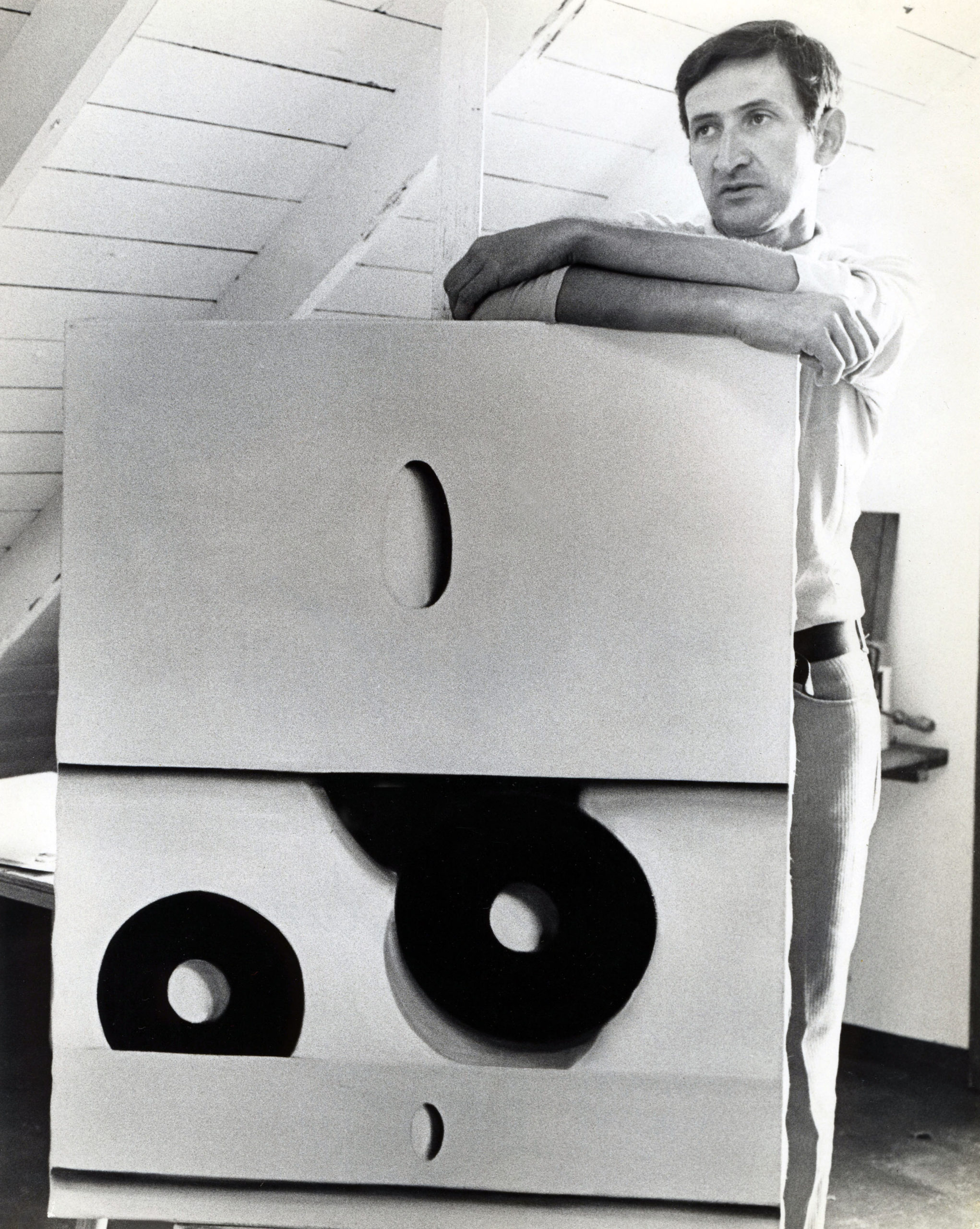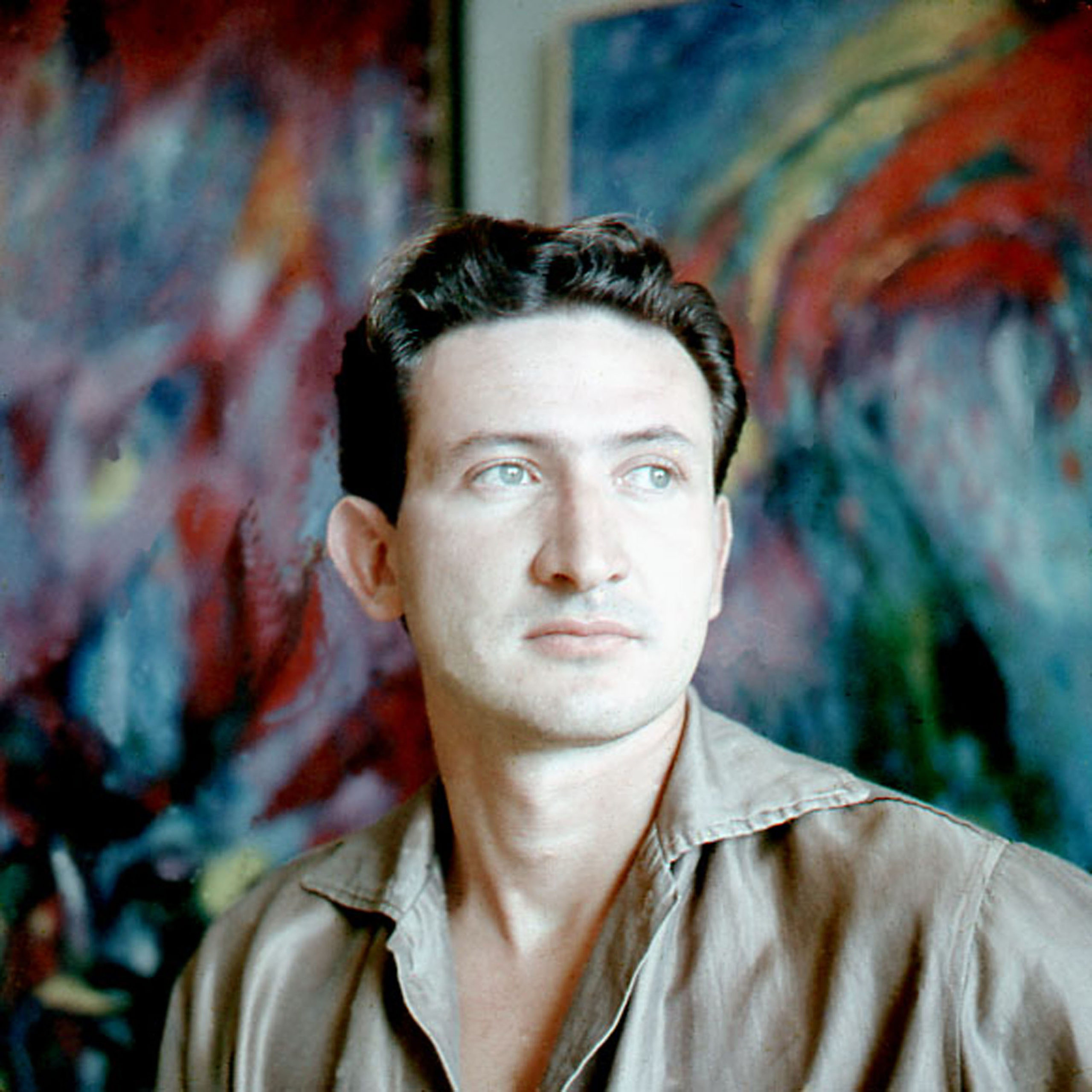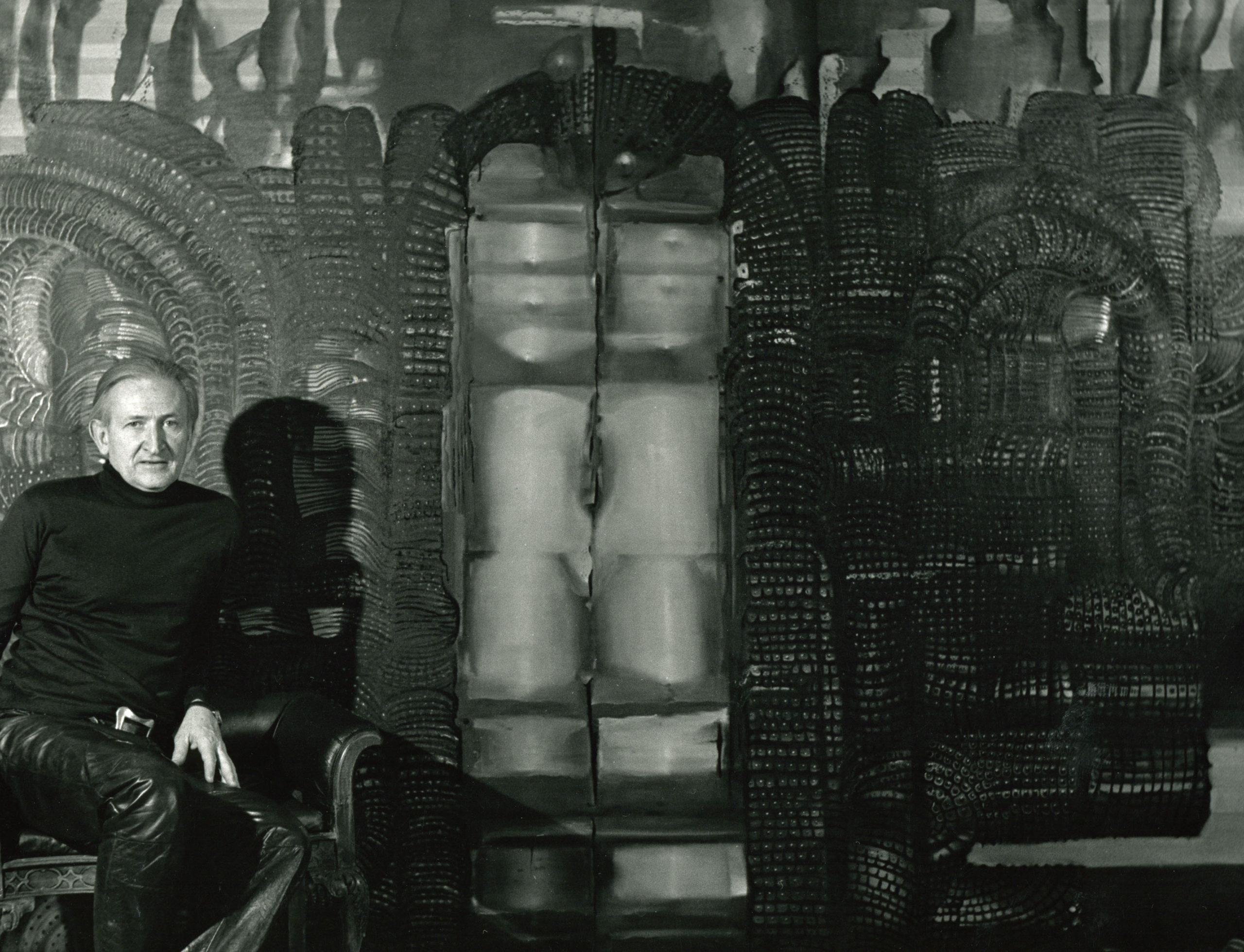
Chronology
1928 Born on April 16 in Havana, Cuba.
1939 First drawing lessons.
1940 Enters Belen Jesuit Boarding School.
1941 First painting lessons.
1944 Enters La Escuela Elemental de Artes Aplicadas Anexa a San Alejandro.
1946 Graduates from high school and enters San Alejandro Academy of Fine Arts, Havana, Cuba.
1948 Goes to New York, studying for a brief period at the Art Students’ league under the direction of George Grosz and Yasuo Kuniyoshi. Returns to Havana the same year, and enters the University of Havana to work on his doctorate in philosophy.
1950 Graduates from San Alejandro Academy and within a year has his first one man show at the Lyceum Gallery, Havana, Cuba.
1951–59 Travels extensively between Cuba, Europe, The United States, and South America.
1951 Abandons studies at the University of Havana.
1953 First one man show in Europe, Galería Buchholz, Madrid, Spain.
1953 Returns to Cuba and develops interest in a brighter palette and still lives.
1955 First one man show in the United States at the Pan American Union, Washington D.C.
1955 Develops interest in landscapes and abandons figure painting.
1957 Awarded Honorable Mention at the Fourth Biennial of Sao Paulo, Brazil.
1957 The national school of Architects of Havana awards him a prize which consists of commissioning a ceramic mural.
1959 First one man show in South America at the Museo de Bellas Artes, Caracas, Venezuela.
1959 Travels to Europe under a scholarship awarded by the Cuban government.
1959 Moves to Paris, France.
1960 First one man show in Paris at Galerie Fürstenberg directed by Simone Collinet.
1960 Series of erotic drawings and paintings.
1960 Beginning of beige period.
1960–68 Participates regularly in the Salon de Mai, Paris, France
1961 His first son, Clodio, is born on May 18.
1962 First paintings of the Athenea Polimastia series.
1962 First paintings of L’Obssesion Comme Méthode de Pensée Series.
1963 Beginning of black and white period.
1964 Daughter, Clea, is born on April 20.
1968 Produces series of erotic drawings and paintings. Leaves Paris and with his wife Lia destroys three objects, seven collages, eight paintings, and ten drawings.
1968 Moves to San Juan, Puerto Rico.
1969 Son, Sebastian, is born on June 19.
1971 Prepares edition of 20 collages on serigraphy, Galería Colibrí, San Juan, Puerto Rico.
1972 Moves to New York, where he remains until his death.
1970–80 Enters a dark brown period where machine-like forms become prevalent. Creates new objects.
1978 Completes Jose Marti portfolio commemorating 20 years of Cuban exile.
1978 Is awarded Cintas Fellowship.
1980 Snake-like forms appear.
1982 Artist’s mother, Hortensia, who lived with the family, dies.
1983 Exhibits at FIAC, Paris, France.
1987–92 Writes his memoirs (unpublished manuscript).
1985 Subtle return to color.
1989–91 Exhibits once again at the Salon de Mai, Paris, France.
1991–94 Travels several times to Los Angeles, California where he produces his first colossal drawings.
1992 Retrospective, The Art Museum at Florida International University, Miami, Florida.
1999 Casts Venus de Roaix, 6/6 (2 authorized) bronze sculpture, Empire Foundry.
2006 Dies on June 2, six weeks after his wife Lia’s passing on April 22.
Biography

